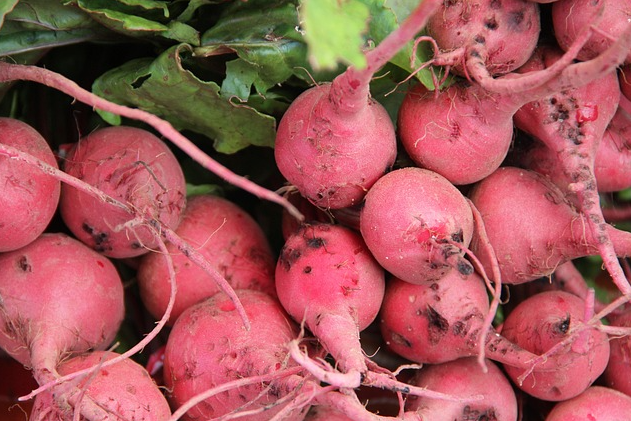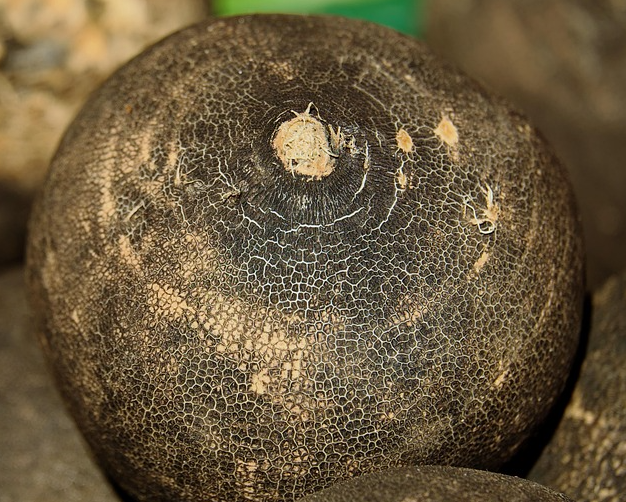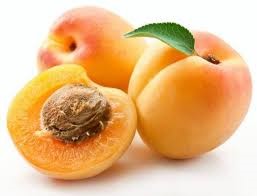Through no fault of its own, radish has been tagged as a vegetable lacking sex appeal. The expression 'dry as a radish' has overcome objective arguments such as intense color and sharp, cool, and delicate taste that absolutely invites condescending snobbery.
But reality has its own rules. Radish is present in the kitchen but subdued, and no one crowns it with titles like cauliflower or tomato. All this is true for the familiar purple radish, because its less familiar cousin, the black radish, has all the advantages of the regular radish, and in short, it is difficult to ignore its presence in the box or to be indifferent to it.
What is beautiful about this new guest is that it is not new at all and developed just around the corner and was later abandoned and forgotten. We will get there soon, but before we dive into the transformations of the black radish, let's open a slightly wider fan and remember who exactly the radish is.
Well, the exact origin of the radish is shrouded in mystery. It is a plant from the cruciferous family, and opinions are divided about who was the first to domesticate it. It is known that it was in common use already in Pharaonic Egypt in the second millennium BCE (in addition to being an edible vegetable, it was considered a medicinal plant and its seeds were a main source for oil production), but there is a theory that it actually arrived there after being domesticated in China – who knows?

What is certain is that the radish spread and became a common crop in Asia, Europe, and North Africa, which brings us to the black radish. As I mentioned, it was born right in our neighborhood and was cultivated and stabilized in the area of present-day Syria sometime in the first millennium CE, and by the end of the Middle Ages, it had become the common radish variety in the region.
It later spread to Europe, and by the 16th century, it was already the most common radish variety in the world. Yes, if you enter a time tunnel and visit Europe in the early 19th century, it is likely that most of the radishes you will encounter in the local market square will be black radishes.
So what happened? Well, in the middle of the 19th century, the garden radish we know today was developed, and it pushed aside the black radish and became the standard radish. The black radish almost disappeared. Fortunately, there are enough 'underdeveloped' regions in the world where local farmers preserved traditional varieties and traditional processing methods, so that in the Levant, including the Land of Israel, there remained farmers who still grew this radish.

In recent decades, when the importance of diversity was understood, this baladi radish was also adopted by organic growers, and so it found its way into our box.
So what are its advantages? Well, the black radish is ultimately a radish and is not very different from the regular purple radish (and inside it is white like it) and generally I do not make a distinction in salad – in the sense of 'whatever comes out, I am satisfied'. After that is said, because it is a less industrialized vegetable, I find its taste slightly more intense, and there are claims that it is richer in antioxidants.
That is good and fine, but I simply like the variety in color; aesthetics is an essential component in any culinary culture. In other words: if it looks better, it also tastes better. In this context, the dramatic appearance of the black radish is a force multiplier that makes any salad or sashimi much more interesting.






